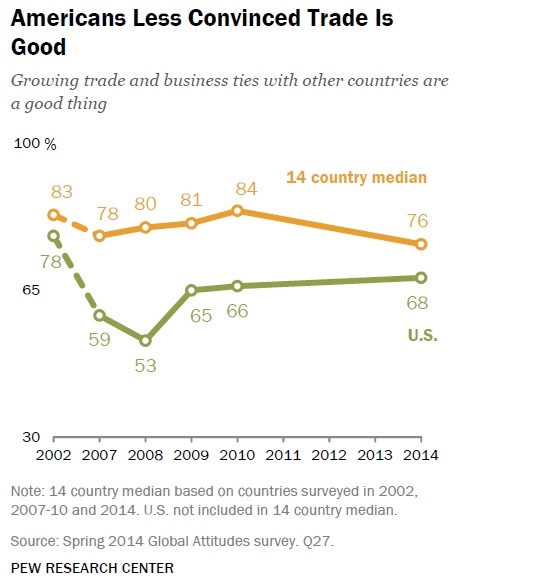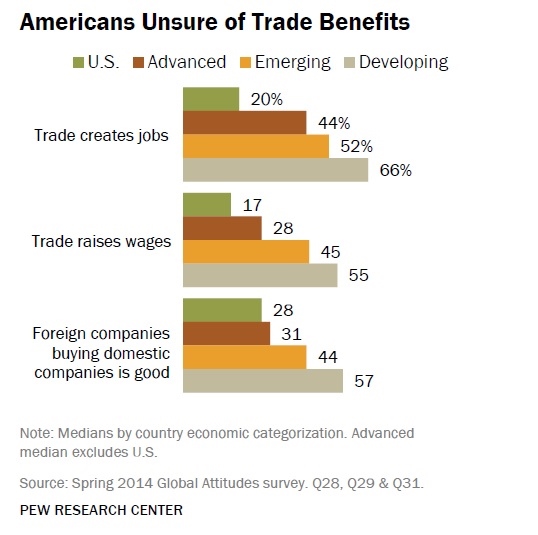No longer just a trend, globalization is now the dominant business environment and we are seeing new patterns of trade clearly emerge.
Today, there is a net redistribution of wealth away from the rapid-growth economies — a process accelerated by the financial downturn and the economic recession that it has caused. Companies from those rapid-growth markets are now challenging the giants of the Fortune and Forbes lists.
We are witnessing a surge of investment from west to east, some of it speculative but much of it the result of by individual businesses decisions.
Focusing on west to east misses the important east to east and growing east to west dimension. And centering on flows to India and China misses the far greater increase that is happening within regional blocs closer to home.
World exports

Although global trade collapsed during the financial crisis, it has since bounced back strongly, led by trade among emerging markets.
But what remains unclear is whether the key trends of the past ten years can be expected to extend into the coming decade, or whether the global financial crisis has changed the dynamic of the global economy, resulting in new patterns of international trade.
A model of future international trade patterns for the next 10 years
Working with Oxford Economics, we have sought to model the future patterns of international trade for the next 10 years.
The report includes:
- Changes in geography, supply, sectors
- The brightest prospects
- FDI flows and the need for a local presence
- Global trade growth to become more concentrated
World trade has recovered strongly following the global financial crisis. But rather than a return to business as usual, we are now seeing new patterns of international trade emerge.
Businesses will need to adjust their strategies to reflect the changing patterns of world trade that are developing and are poised to intensify over the next decade.
Source: http://www.ey.com/GL/en/Issues/Business-environment/Trading-places–New-patterns-of-international-trade
FASH455 Global Apparel & Textile Trade and Sourcing






